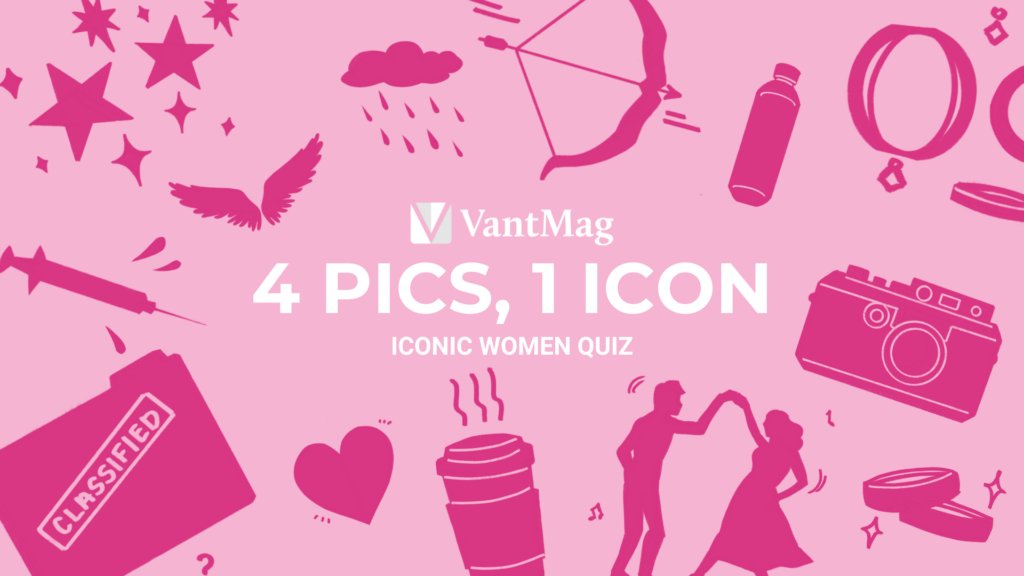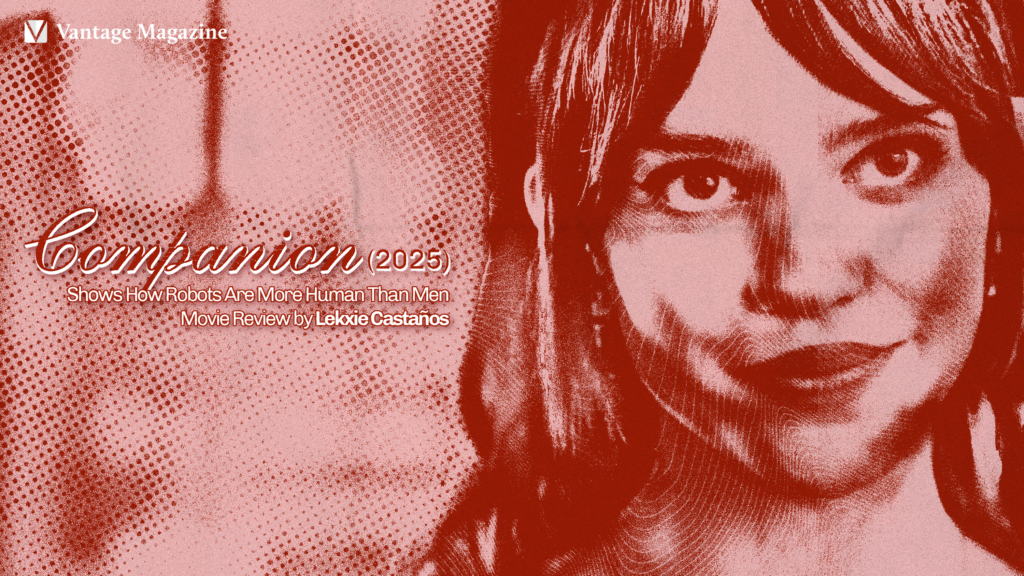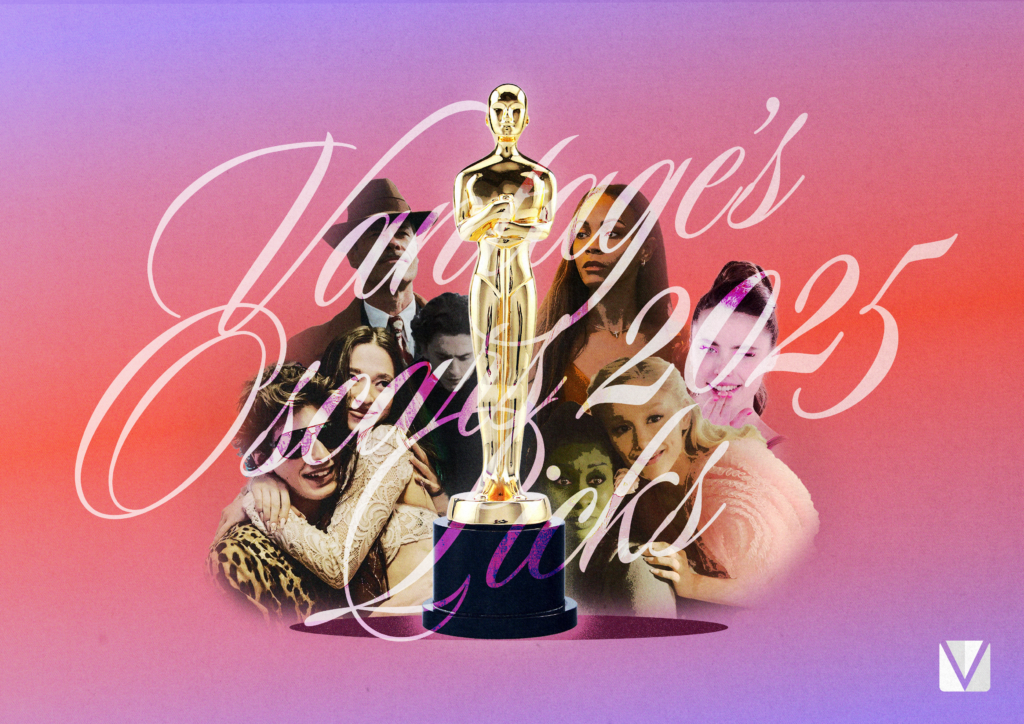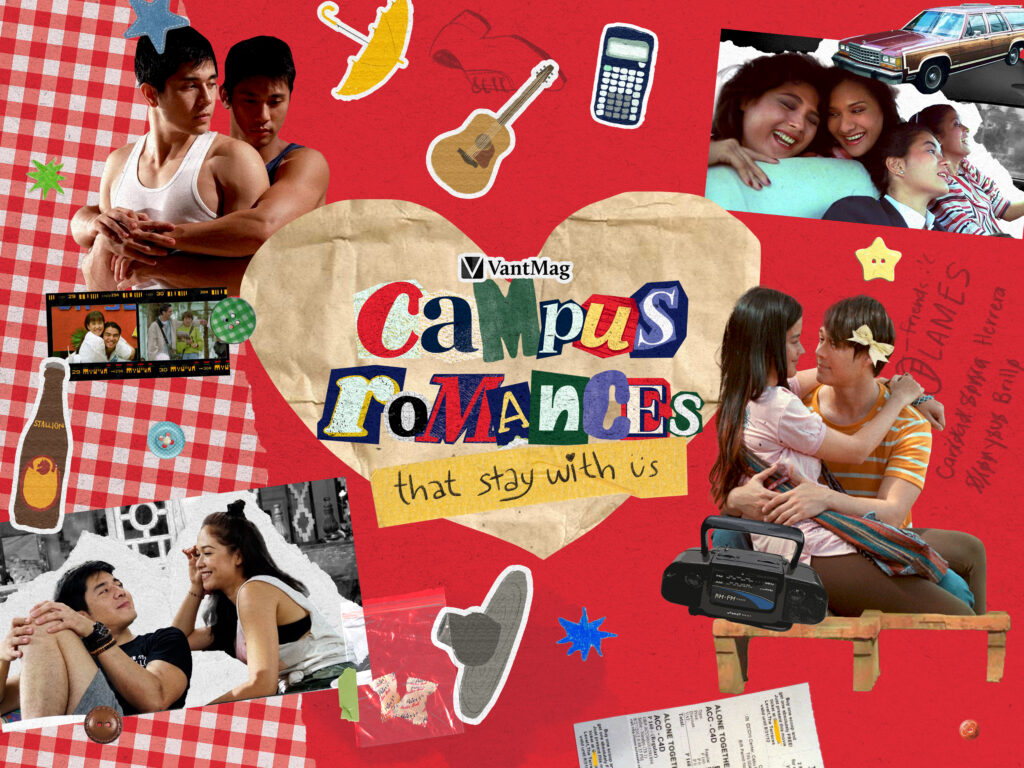Avid horror fans mostly consume these movies for a thrill, but along the way, many of these narratives still depict women in black and white. The damsel-in-distress or its dangerously overused “strong female” counterpart are all too familiar even amid ghosts and gore. Yet, horror becomes more than just entertainment when it magnifies the struggles of women in society.
Movies with such themes subvert the genre by debunking tropes of women in horror. In these five films, audiences are instead exposed to the stories of womanhood in frightfully layered tales of emotional repression, and liberation–humanizing women by portraying their complexities.
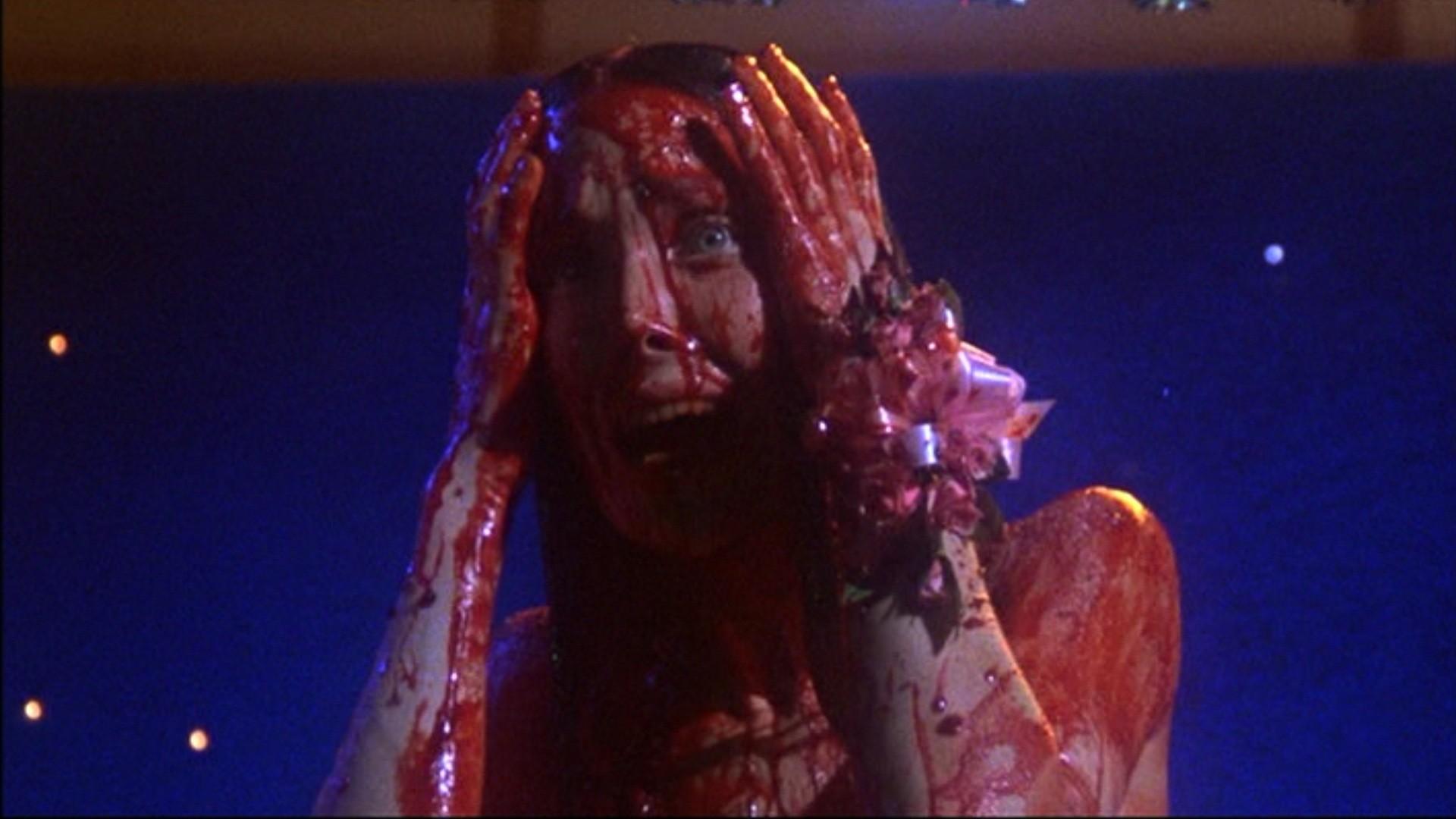
Photo sourced from Bloody Disgusting
Adolescence gradually pushes Carrie White (Sissy Spacek) to the limit, as the young girl has always been shielded from truths about herself. From facing bullying in school to dealing with an unstable mother at home, she never has the opportunity to properly process her emotions. Eventually, the troubled 16-year-old goes from being timid and taunted to unleashing her frustrations through immense telekinetic powers. Her experiences show how women often bottle up how they feel or subject themselves to being shamed for when they express their emotions. At some point, all the pent-up rage has to spill over–and in Carrie’s case we end up with a bloody mess.

Photo sourced from Mubi
Suspiria follows young Suzy Bannion (Jessica Harper) as she navigates life in her new ballet school in Germany. Strict professors, elaborate dance routines, secret corridors, and maggots falling from the ceiling comprise just another day at the academy. In this school, female authority figures fall into a compelling power struggle. And in the absence of a patriarchal system, men mostly serve as props that move the plot forward. Suzy then goes from naive to curious as she unearths the academy’s secrets and takes matters into her own hands. As a leading woman, she takes charge of challenging an oppressive system and effectively debunks the typical damsel-in-distress archetype.
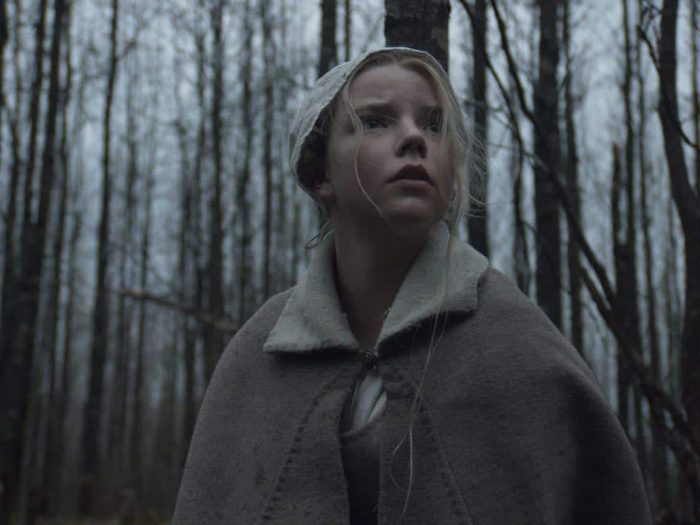
Photo sourced from Film School Rejects
The VVitch (2015)
In the Great Puritan Migration, English Protestants (also known as Puritans) embarked on a journey to the New World (i.e., America) to stand against Catholic “corruption” and religious persecution. The VVitch then starts with Puritan Thomasin (Anya Taylor-Joy) and her family settling into a farm after being exiled from their previous colony over religious differences. When her baby brother Samuel goes missing on her watch, Thomasin is blamed for the tragedy and other misfortunes that later befall the family. Through Thomasin’s harrowing experiences, The VVitch portrays how a girl on the brink of womanhood is also perceived as someone at a greater risk for corruption—all it takes is the slightest misbehavior for a woman to be branded as a witch. As Thomasin’s family isolates her, she struggles to live up to societal expectations, leading her toward her own undoing.
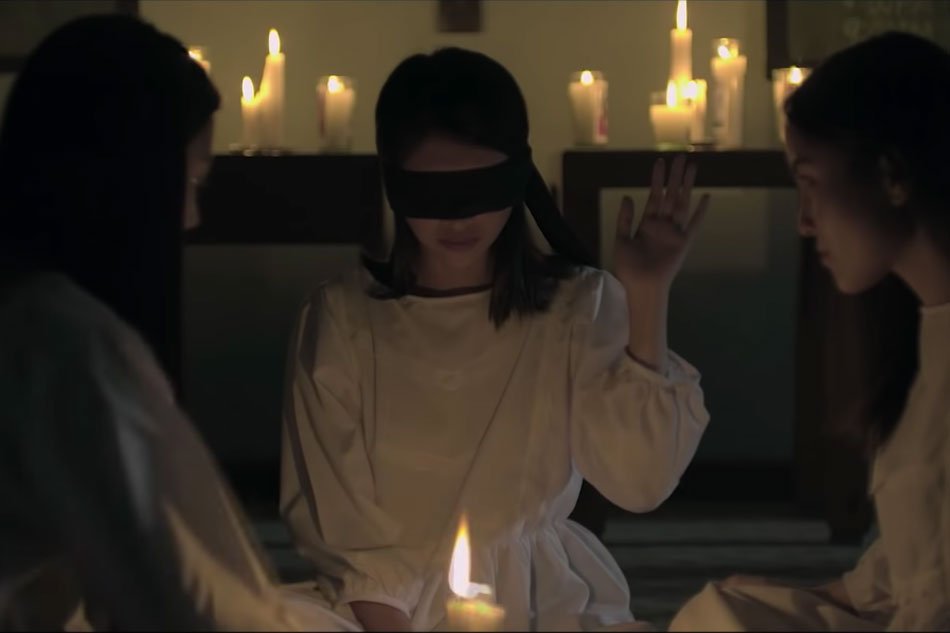
Photo sourced from Star Cinema via ABS-CBN
By way of its setting in an all-girls Catholic school, Eerie touches on on a woman’s rocky adolescence in the process. It starts off with guidance counselor Pat Consolacion (Bea Alonzo) investigating the deaths in the Sta. Lucia Academy. She is fueled by desperation to save those still alive, particularly her depressed and suicidal student, Joyce (Gabby Padilla). The plot mainly features Pat looking after her students, but Eerie also features a rigid school environment that many Filipinas will recognize. The film later brings up issues of bullying and unloving households, then twists all these into a horrific manifestation of anger that kills Sta. Lucia’s students, one by one.
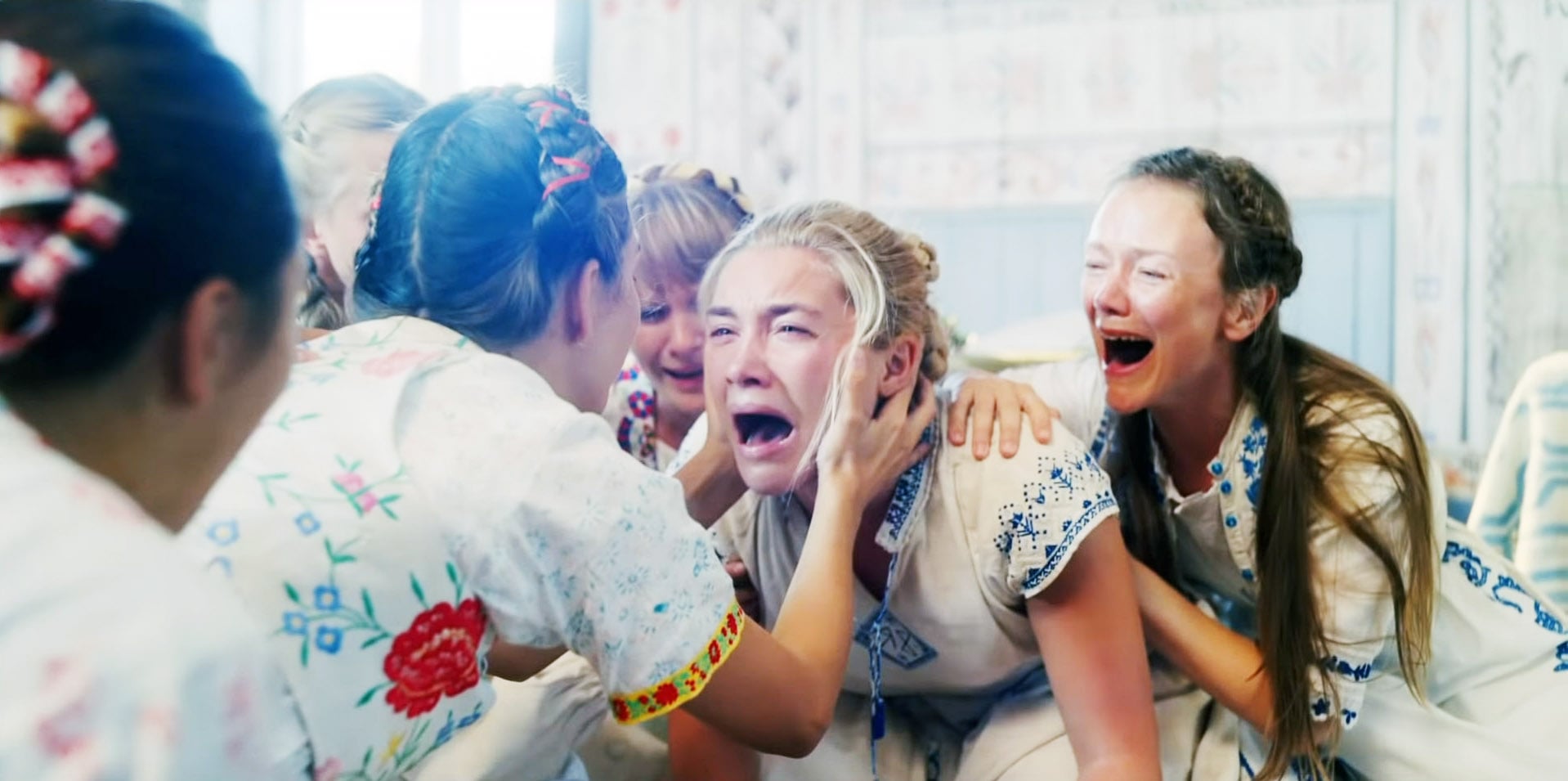
Photo sourced from PopSugar
Described by director Ari Aster as a breakup movie, Midsommar dives deep into the subtle yet significant dynamics of deteriorating relationships. As Dani Ardor (Florence Pugh) and her boyfriend Christian Hughes (Jack Reynor) try to work through their problems, the latter forces himself to stay even if it’s clear that he would much rather leave. The film depicts Dani’s grief and Christian’s distasteful attitude towards her mental state as she puts up with his detachment. Here, the woman molds herself to the man no matter what personal baggage she has, as women often deal with relationships that force them to repress their feelings. In Dani’s case, she finds an escape from the cycle of codependency through a sense of retribution–though it comes with grave costs.
In a time where horror has gradually taken on more social issues, it only seems appropriate to turn our heads towards the realities such films depict. This genre may still exploit women and their suffering for shock value, but a number of flicks also shed light on the discrimination they face and the liberation they deserve. Underneath the ghouls, cults, and witchcraft, we find that horror can paint women as more than just victim or villain.
Editor’s Note: An earlier version of the article included the 1968 movie Rosemary’s Baby, directed by Roman Polanski. However, upon the discretion of the authors and the editors, we have decided to remove the film from our line-up due to sexual abuse cases surrounding Polanski. We believe that promoting a piece of work by a convicted rapist takes away from the point of our article, which is to promote women’s liberation. We apologize for the oversight.


